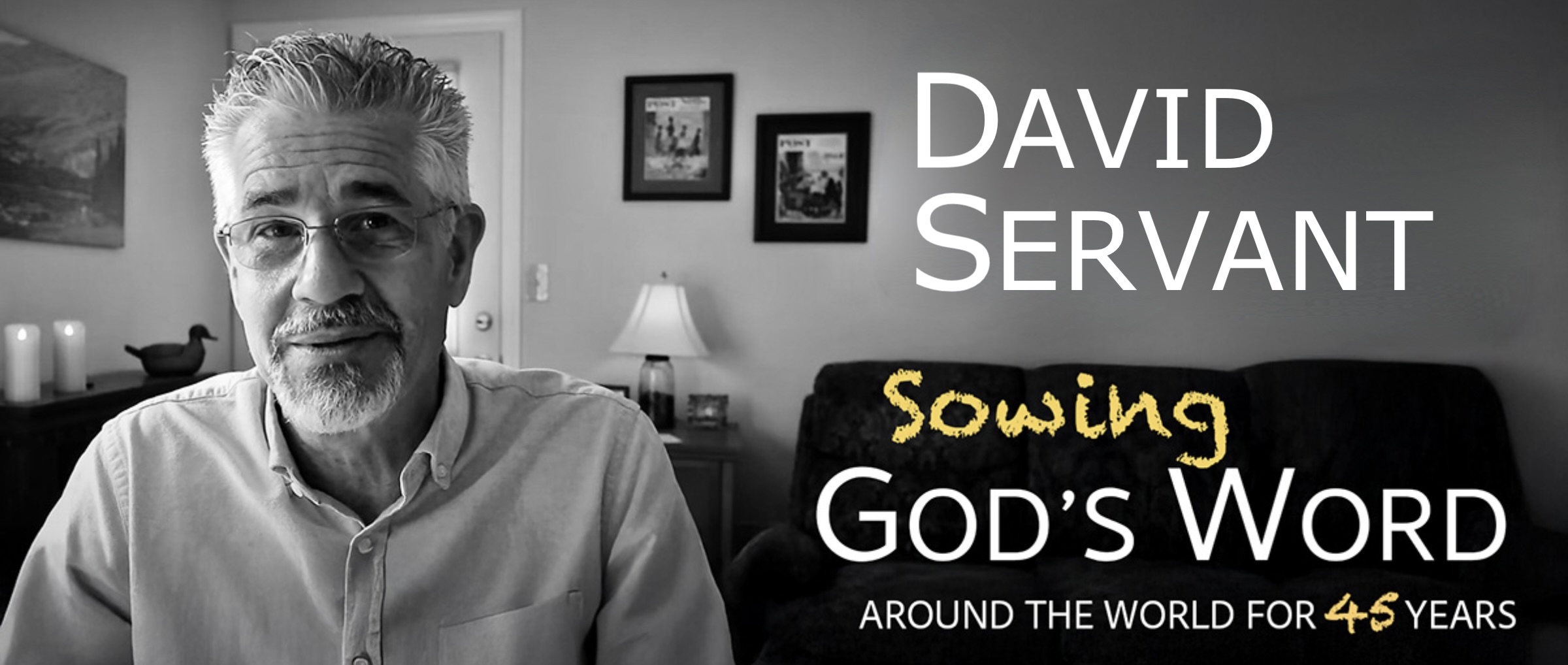Perhaps the absolute worst interpretation I’ve ever heard of one of Christ’s parables was one preacher’s explanation of the Parable of the Wheat and the Tares. First, let’s read that parable:
He presented another parable to them, saying, “The kingdom of heaven may be compared to [is like] a man who sowed good seed in his field. But while men were sleeping, his enemy came and sowed tares also among the wheat, and went away. But when the wheat sprang up and bore grain, then the tares became evident also. And the slaves of the landowner came and said to him, “Sir, did you not sow good seed in your field? How then does it have tares?” And he said to them, “An enemy has done this!” And the slaves said to him, “Do you want us, then, to go and gather them up?” But he said, “No; lest while you are gathering up the tares, you may root up the wheat with them. Allow both to grow together until the harvest; and in the time of the harvest I will say to the reapers, ‘First gather up the tares and bind them in bundles to burn them up; but gather the wheat into my barn'” (Matt. 13:24-30).
Now here was that certain preacher’s explanation:
It is a fact that when wheat and tares sprout, they look identical. No one can tell if they are wheat or tares. That is just how it is in the world and in the church. No one can tell who are the true Christians and who are the unbelievers. They cannot be identified by how they live their lives, because many Christians are not obeying Christ anymore than unbelievers. Only God knows their hearts, and He will sort them out in the end.
That, of course, is not the point of the Parable of the Wheat and Tares! In reality, it teaches that believers are indeed very distinguishable from non-believers. Notice that the slaves realized that tares had been planted when the wheat bore grain (see v. 26). Tares don’t bear any fruit, and that is how they are easily identified as tares. I think it is significant that Jesus chose the fruitless tares to represent the wicked who will be gathered in the end and cast into hell.
The primary points of this parable are plain: The truly saved bear fruit; the unsaved do not. Although God is not judging the wicked yet as they live among the saved, one day He will separate them from the righteous and cast them into hell.
Jesus actually provided an explanation of this particular parable, so there is no need for anyone to search for any significance beyond what He explained:
The one who sows the good seed is the Son of Man, and the field is the world; and as for the good seed, these are the sons of the kingdom; and the tares are the sons of the evil one; and the enemy who sowed them is the devil, and the harvest is the end of the age; and the reapers are angels. Therefore just as the tares are gathered up and burned with fire, so shall it be at the end of the age. The Son of Man will send forth His angels, and they will gather out of His kingdom all stumbling blocks, and those who commit lawlessness, and will cast them into the furnace of fire; in that place there shall be weeping and gnashing of teeth. Then the righteous will shine forth as the sun in the kingdom of their Father. He who has ears, let him hear (Matt. 13:36-43).

